Table of content
Digital marketing is a constantly evolving landscape. We can tell without a doubt that multichannel advertising is one of the most prominent trends in it. That’s because brands have more possibilities than ever to be present in various sources without spending enormous budgets. Therefore, they can reach out to all customer segments efficiently, increasing their chances for profit.
In this article, we delve into the nine essential rules of multichannel marketing, exploring the most interesting concepts, common approaches, and exciting statistics.
If you want to explore this topic in the video form, watch the session below:
Multichannel Advertising: An Overview
How to define the concept of multichannel advertising? It’s a strategic approach to promoting products or services across various digital platforms to engage with diverse, broad audiences. Instead of relying on a single marketing channel, businesses can be visible on numerous social media platforms, in search engines, via email, and more to create a consistent brand presence.
This approach allows organizations to raise awareness among consumers with different preferences and behaviors, ensuring that messages reach them through their favorite channels. Multichannel marketing ultimately leads to enhanced brand awareness, increased customer engagement, and a higher likelihood of conversion. The main objective behind such strategies is to create a seamless, interconnected experience for customers.
The 9 Rules of Effective Multichannel Advertising
We’ve collected a set of recommendations that will come in handy for companies that want to design their multichannel presence in tune with business goals and customer needs. They are divided into several categories to address specific subjects.
Rules 1-4: Choosing The Right Media Mix
Let’s start with the basics – understanding potential clients and picking the right marketing channels is a must for companies that want to successfully promote their offers in multiple sources.
Rule 1: Know Yourself, Know Your Product Better
The foundation of a successful multichannel advertising strategy begins with a deep understanding of your product. We can’t emphasize enough the importance of not just knowing the features but also understanding the product’s position in the market. To establish it, there are several questions entrepreneurs can ask themselves:
- Is your product innovative?
- Is your product in the market for a long time?
- Is your product expensive?
- Is your product easy to understand?
It’s also important to adapt strategies based on market conditions, especially in times of economic downturn and inflation.
Rule 2: Step into Your Persona’s Shoes
Creating detailed persona profiles is crucial to understanding the company’s target audience. Identifying their goals, awareness levels, and online presence with a focus on digital channels enables brands to truly get to know their customers better.
Multichannel advertising can be tricky since every platform has different demographics and user goals. The key is to align promotional activities with the characteristics of chosen channels and target audiences.

Rule 3: Don’t Underestimate the Awareness Stage
A successful marketing funnel requires the attention of brands to be equally divided between stages. Nevertheless, many companies neglect brand awareness and don’t invest their efforts in the top of the funnel (TOFU) or the middle of the funnel (MOFU).
That’s a mistake since an approach focused only on the bottom part of the funnel can lead to a decrease in base sales and increased reliance on loyal customers, which may not be sustainable in the long run.
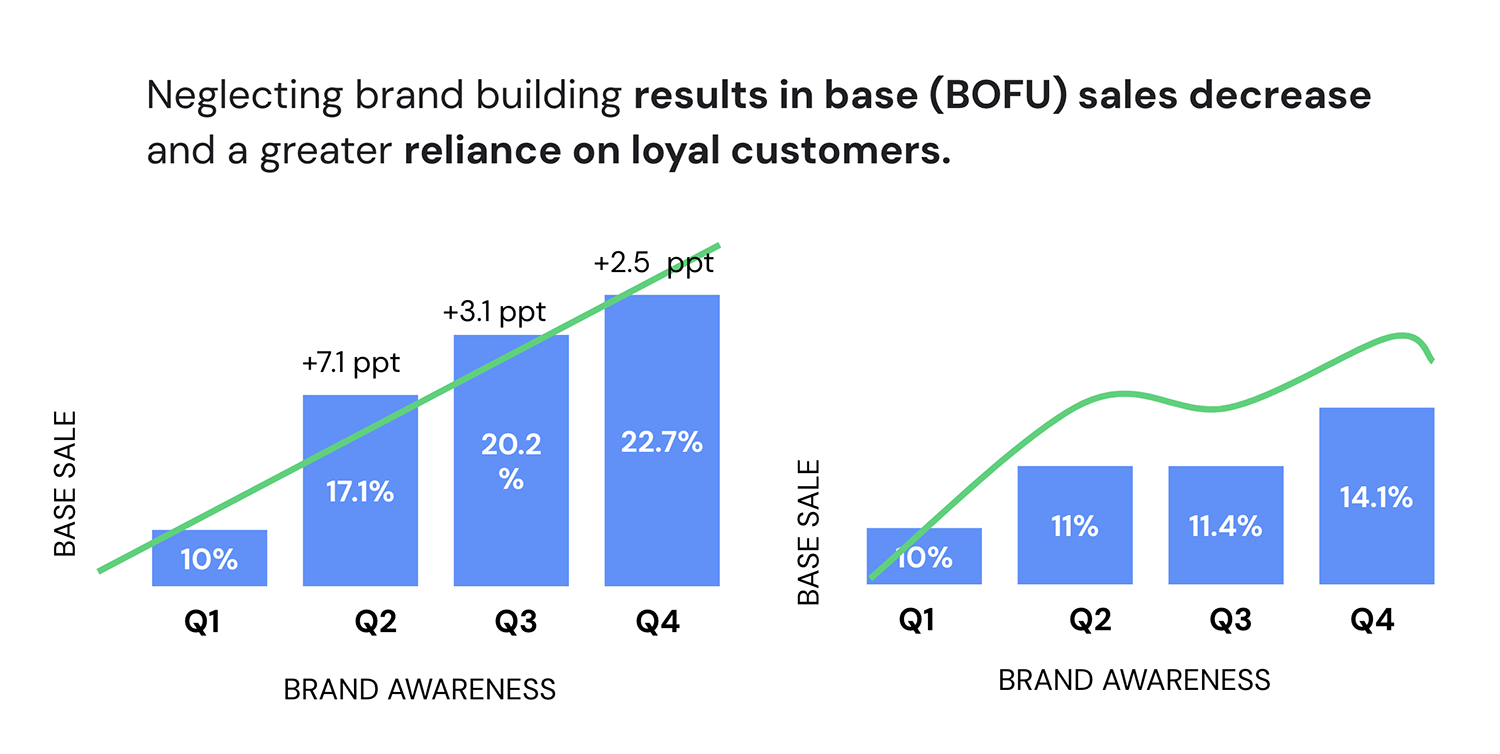
Rule 4: Choose the Attribution Model and the Window
Attribution models can be divided into single-touch and multi-touch. The latter models are essential for multichannel advertising.

To effectively measure attribution success rates, brands shouldn’t bet solely on reports delivered by platforms they use for marketing. They can lead to double counting. Instead, businesses should choose and understand preferred attribution models for better decision-making.
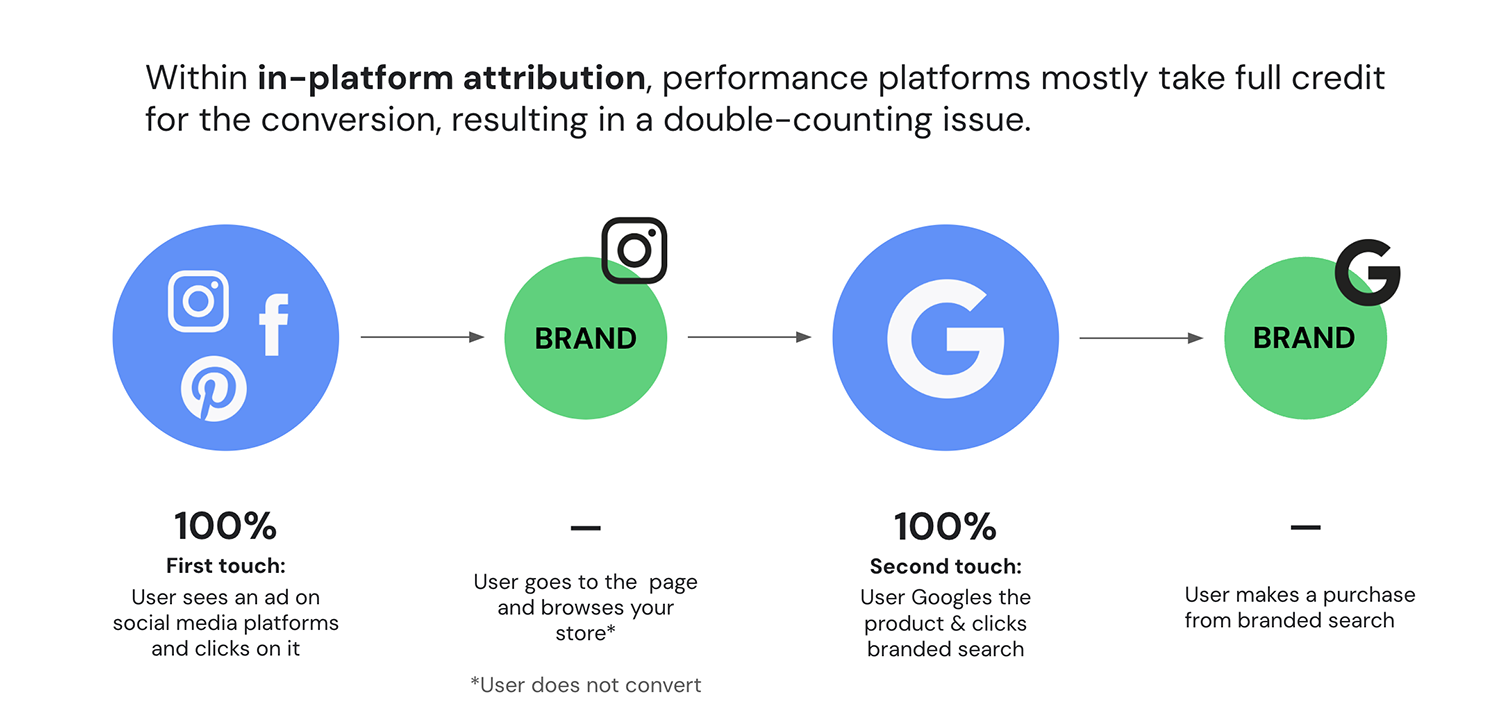

Rules 5-9: Optimizing Your Media Mix
Soon after the foundations are prepared and marketing strategies are implemented, it’s time for monitoring, assessment, and campaign optimization. Here’s our advice on this stage.
Rule 5: Report Things That Matter
In the age of data overload, proper reporting is significant. With a plethora of metrics available, focusing on primary KPIs is the initial step to take. We’ve prepared a step-by-step guide for weekly and monthly reporting, underlining the importance of data aggregation and drawing meaningful conclusions about your media mix of choice.
| STEP 1 | – Collecting general results from each platform – focusing only on primary metrics based on KPIs. – Goal: To determine if the marketing campaign performed better or worse than the last period. |
| STEP 2 | – Segmenting general results by sales funnel and platform. – Goal: To find out which channels have the best performance and which audiences are warm, cold, or in the middle. |
| STEP 3 | – In-depth analysis of each campaign’s results. – Goal: To know why specific channels perform better by checking primary and secondary metrics together. |
| STEP 4 | – Comparison with tests and creatives – an additional step, but still an important one. – Goal: To create a file to compare campaigns from different seasons and assess what has the biggest impact at particular periods. |
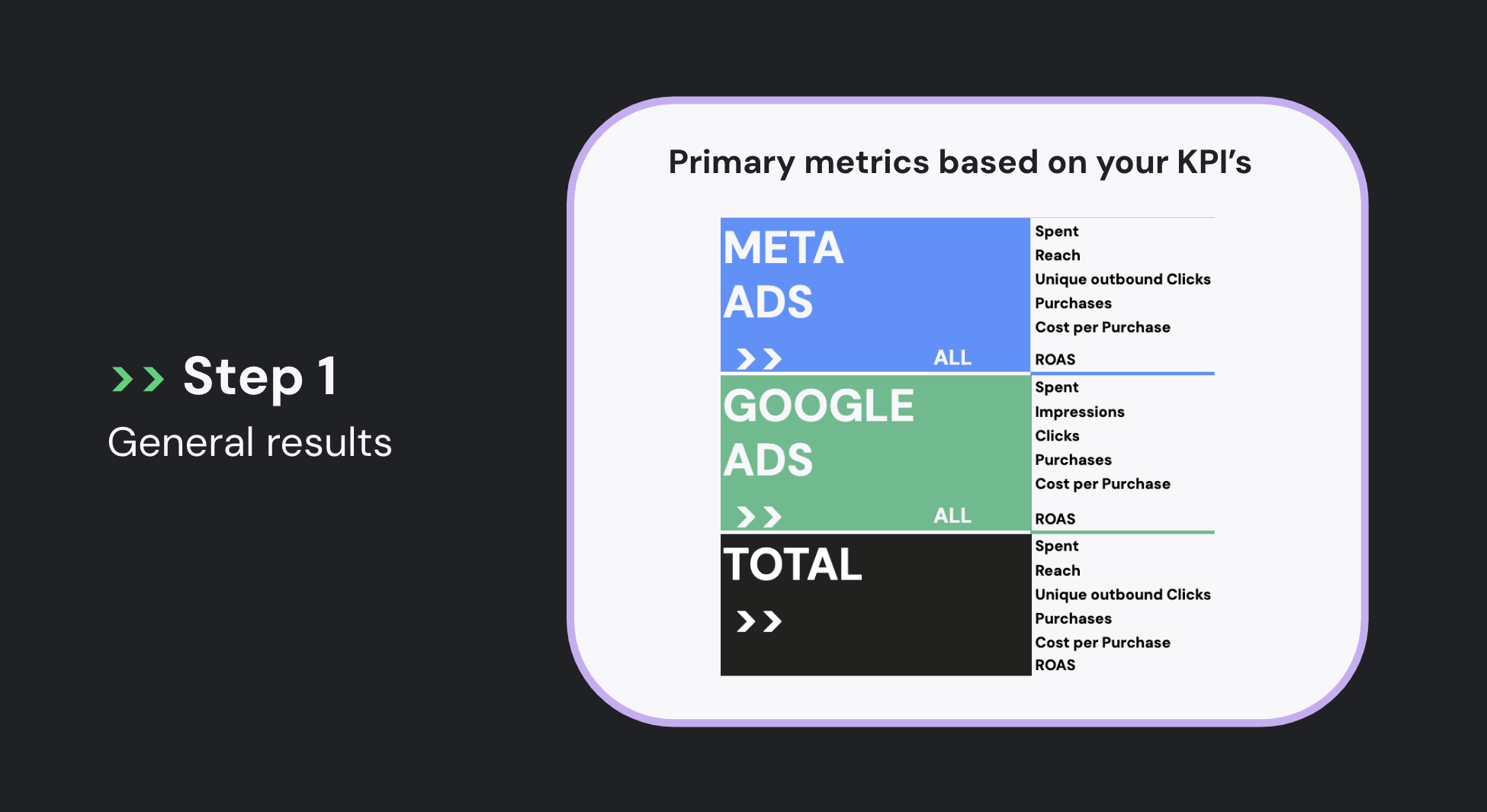
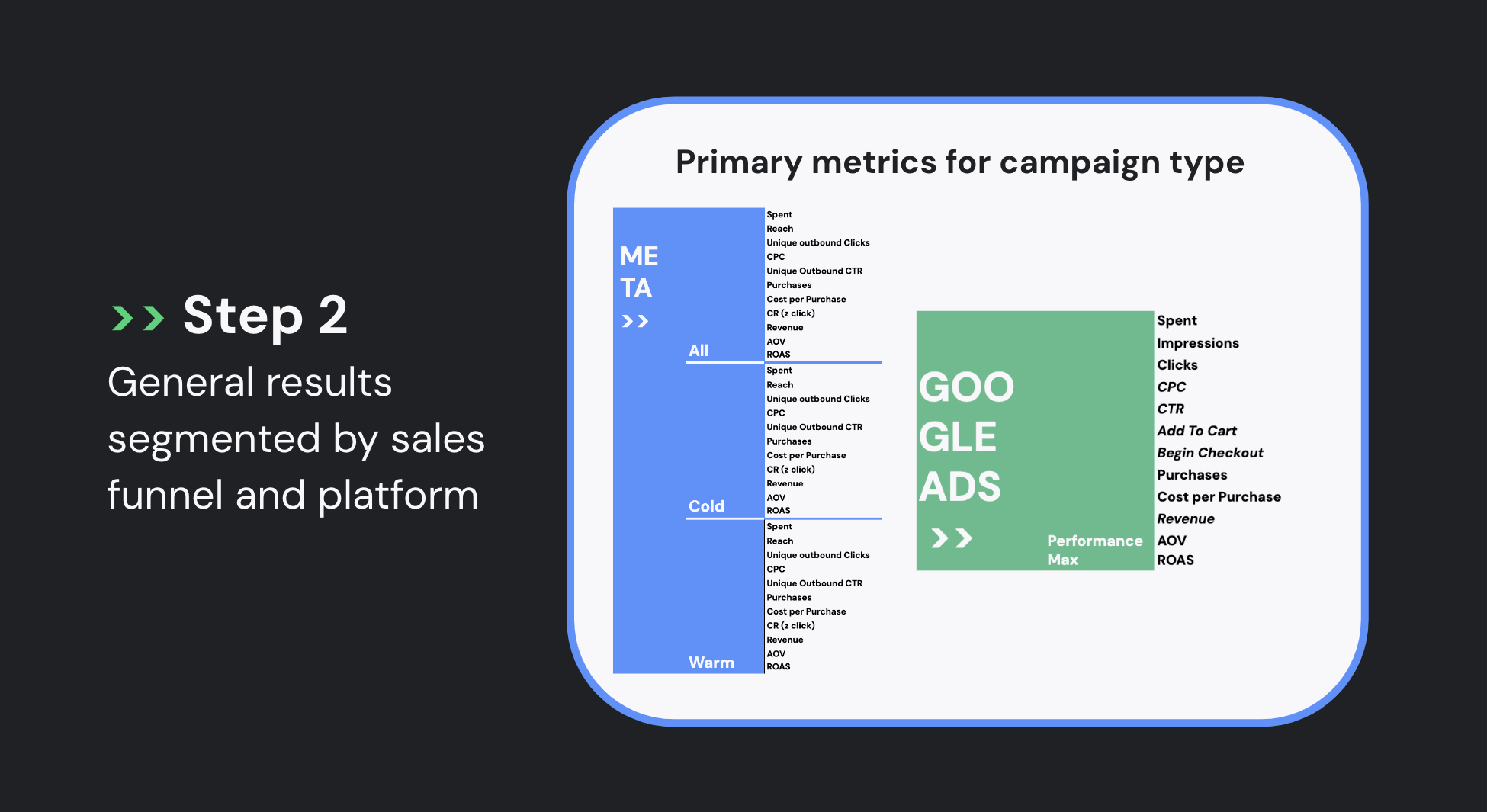

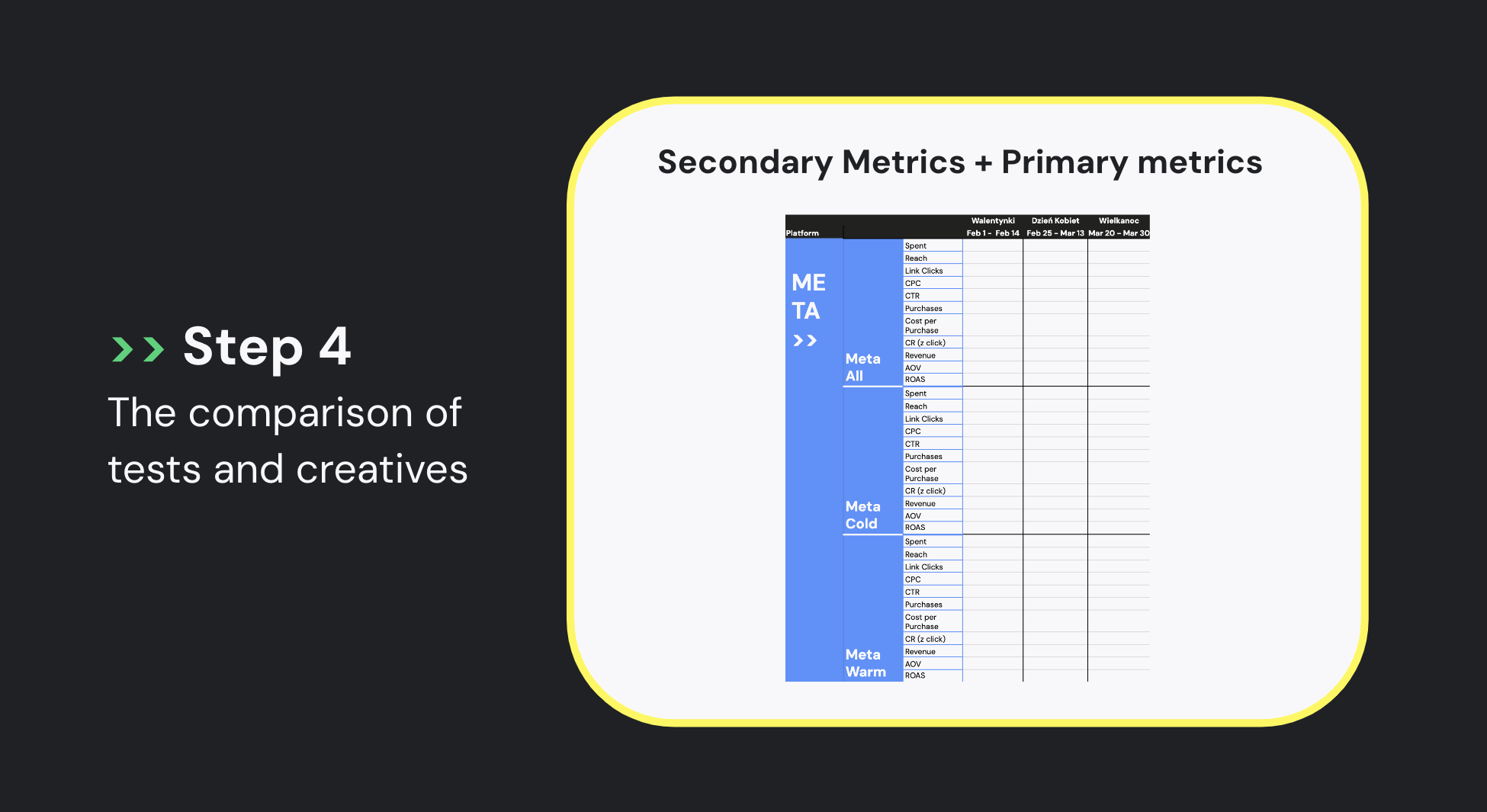
Rule 6: STOP Optimizing Campaigns Too Early
Optimization requires patience. Each campaign has a learning period, and most of them need at least two weeks of uninterrupted performance to enter the next phase. Interrupted stabilization time and rushed changes can lead to suboptimal results, especially in automated campaigns.
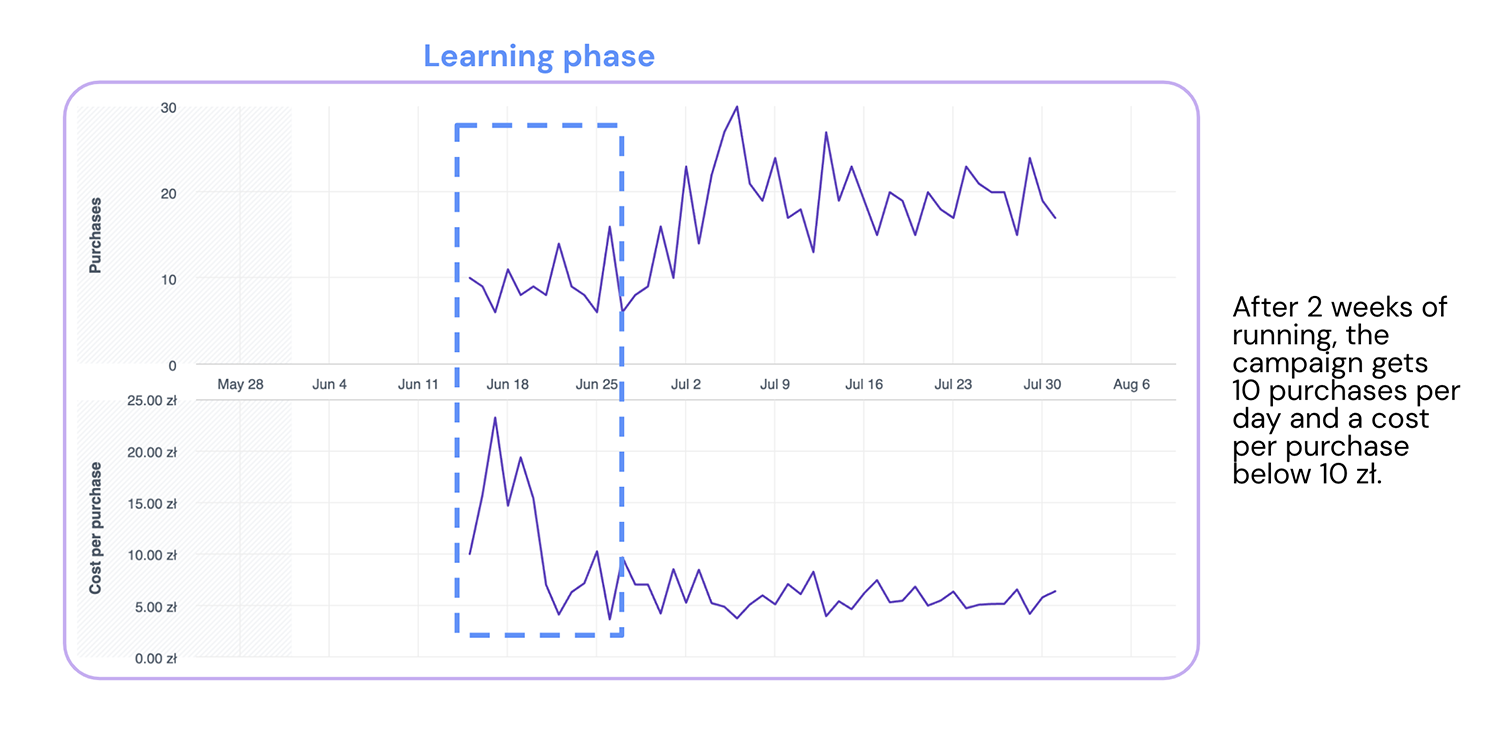
Rule 7: Scale Each Part of the Funnel Simultaneously
Scaling campaigns is the next crucial step to consider, but we advise a balanced approach.
First, it’s important to scale each part of the funnel simultaneously to achieve sustained growth. Allocating budgets only to the bottom of the funnel (BOFU) can result in short-term gains and lead to the risk of target audience exhaustion. Slow and steady budget increases, especially allocated to cold traffic, are a better choice that promotes stability. A good practice is to change the budget by a maximum of 20% week-to-week.


Seasonality is a factor that has an enormous influence on the e-commerce market. Knowing how to adjust marketing budgets throughout the year allows brands to increase their profits and spend budgets sustainably.
For instance, in springtime, companies should divide their resources evenly between cold, warm, and awareness campaigns. Summer is usually when online stores experience lower sales, so it’s important to reduce spending for optimized results and maintained sales funnel. Fall is the season of increased spending in marketing, especially when it comes to awareness campaigns. It’s also a great moment to prepare remarketing efforts for the months when Black Friday and Christmas occur. In winter, the e-commerce industry mostly increases budgets. Remarketing, the bottom of the funnel, and revenue-focused marketing are its priorities.
Rule 8: Optimize the “Optimized” Campaigns
Optimized campaigns can be additionally improved thanks to various automation options within each platform. They are usually powered by AI to support marketers in reaching their goals without spending too much time setting up the campaign parameters.
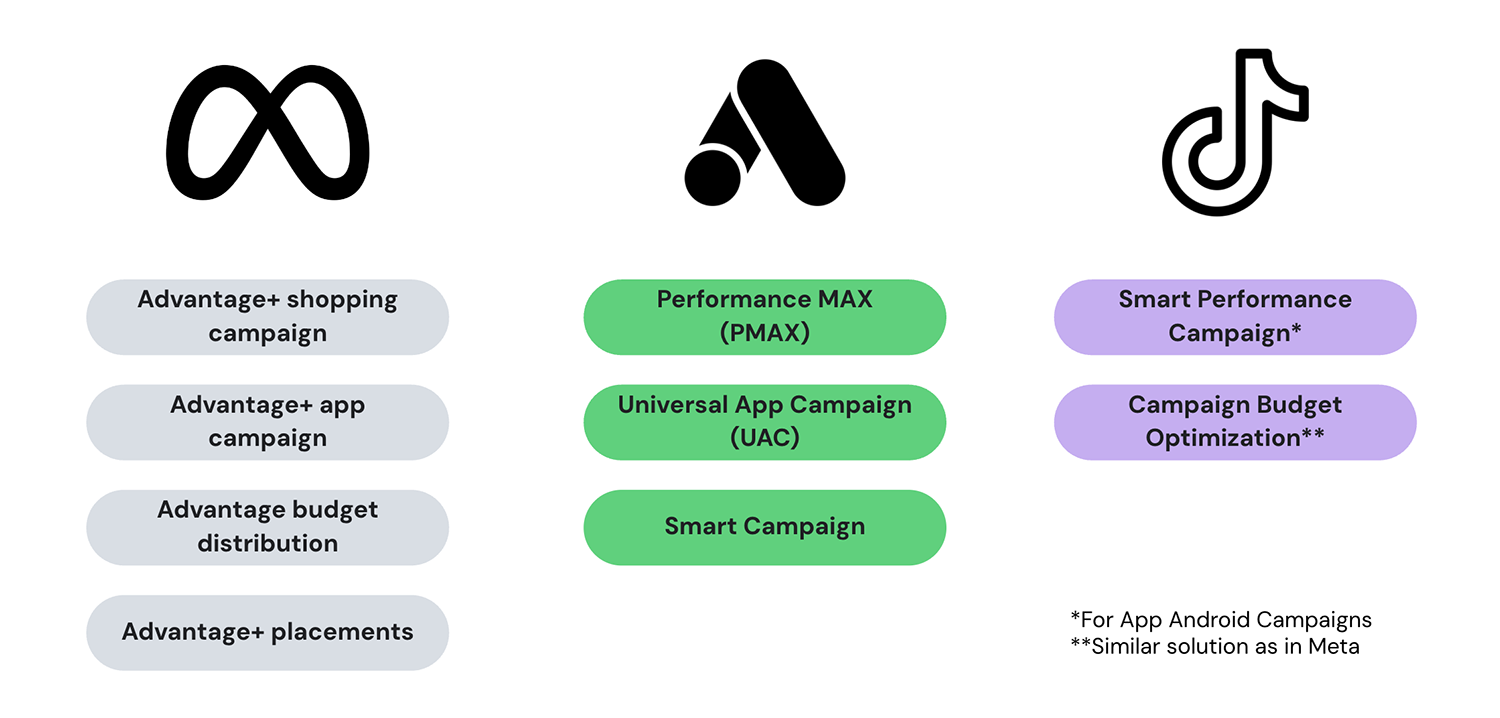
Even though some entrepreneurs are worried they might lose control, betting on automation is a great way to gain even more spectacular results.
We encourage you to check out our video on the subject, especially at the 22:05 timestamp, where our experts discuss further the optimization practices.
Rule 9: Know Experimentation Frameworks by Heart
The final rule we want to share puts a focus on a variety of tests to take advantage of when preparing marketing media mixes for particular business needs.
Each strategy should start with Marketing Mix Modeling (MMM):
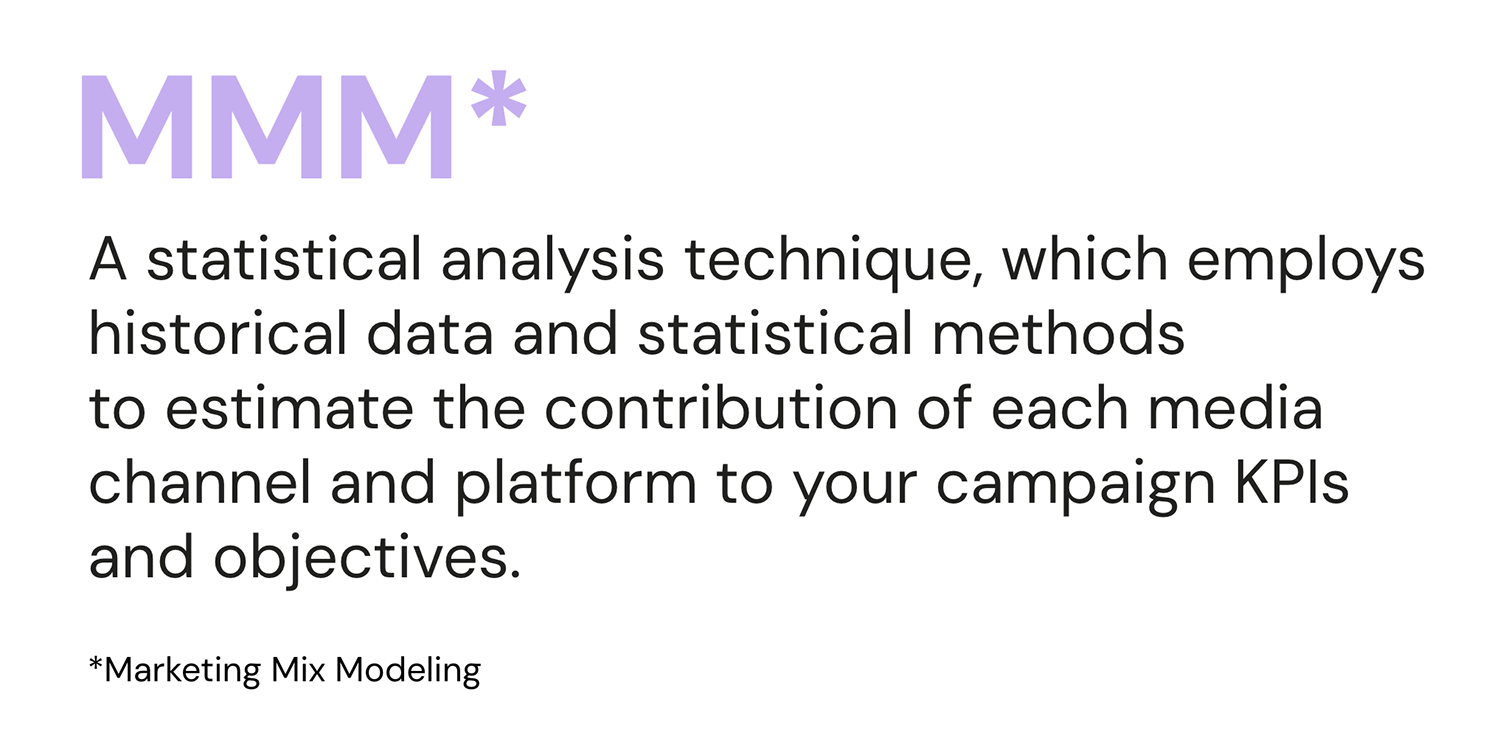
The chosen marketing mix can be tested via A/B, multivariate, and incrementality tests. For specific platforms, we recommend the following: split tests, brand lift study, search ad lift, and conversion lift.
Effective Multichannel Advertising is a Nuanced Art
Mastering the rules of multichannel advertising requires a holistic understanding of the company’s product and target audience. Brands also have to pick their strategies with awareness and put strong efforts into reporting.
At tribe47, we observe the digital landscape and how it has evolved in the last few years. We’re impressed by the capabilities of each marketing platform and their automation options. Leveraging them while embracing robust testing frameworks allows businesses to position themselves for success in their competitive niches.




